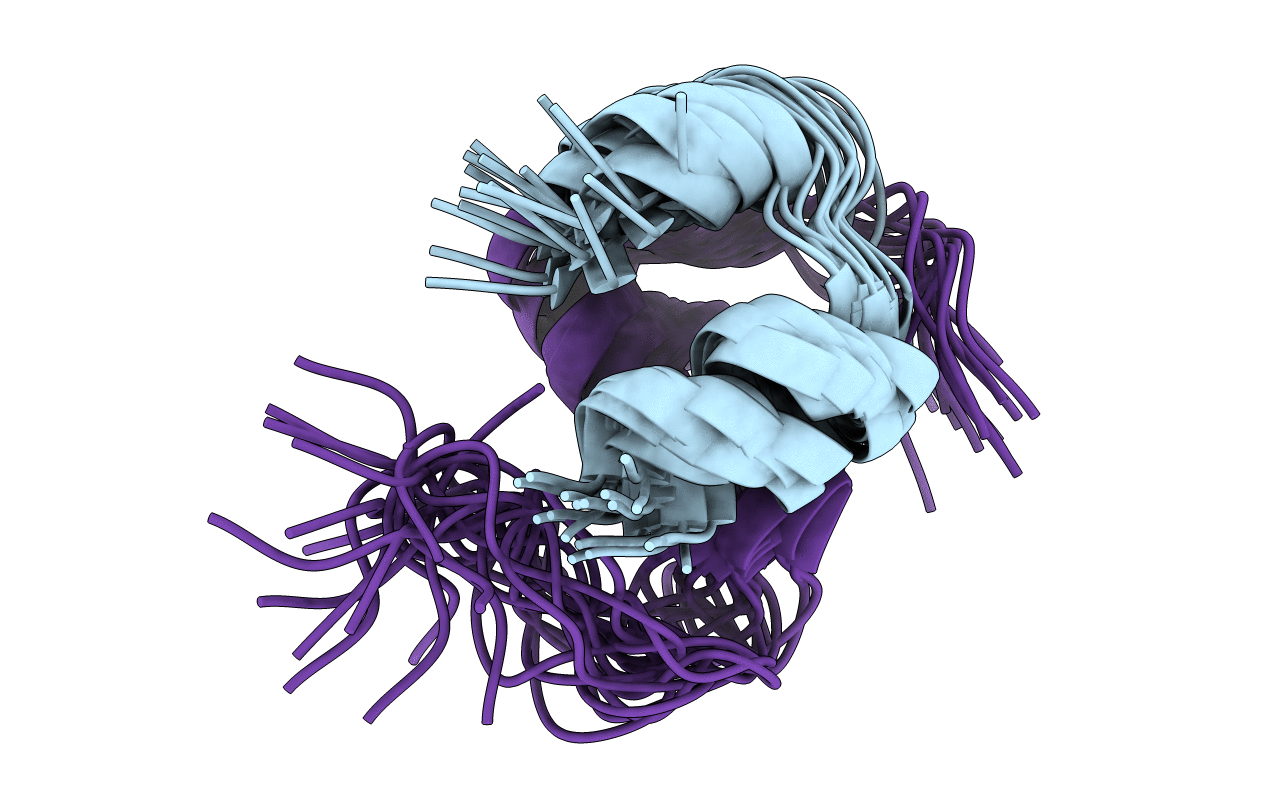
Deposition Date
2014-05-19
Release Date
2014-12-24
Last Version Date
2024-11-27
Method Details:
Experimental Method:
Conformers Calculated:
40
Conformers Submitted:
18
Selection Criteria:
structures with the lowest energy


